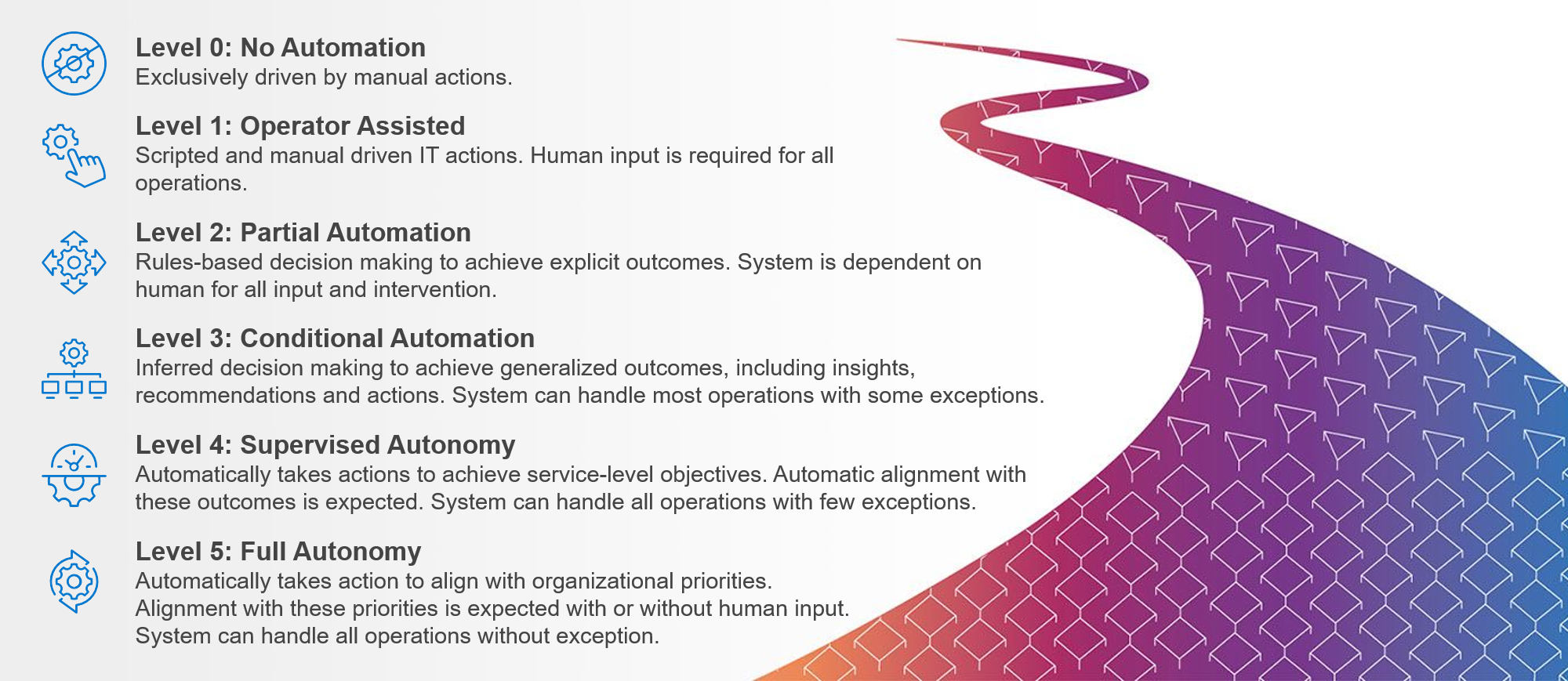By John Roese, global chief technology officer at Dell Technologies
When working with a Japanese automaker four years ago, my team concluded that the company would need to process over a zettabyte of data to build its autonomous fleet. The gargantuan projections didn’t startle us. The calculation that you would need 100,000 storage administrators working for the company to store and manage that much data did, however. There just aren’t that many storage administrators available. And even if there are, most businesses can’t afford to hire them.
Our calculations underscored the necessity to crank up automation. Firms need to urgently improve the ratio of people to zettabytes and petabytes of data by about three orders of magnitude over the next decade to keep pace with the amount of data being generated. The fact that businesses are already struggling under the weight of data is a sobering early warning sign. We see this in the 70% of business leaders that say they are gathering data faster than they can analyze and use it (according to the Dell Technologies commissioned study with Forrester Consulting, The Data Paradox). Without just adding more people, how are organizations going to keep up with the infrastructure and operations needs of this new velocity and complexity driven by data?
Anticipating the strain, the technology industry has been feverishly developing artificial intelligence (AI) and machine learning capabilities to automate more IT. There’s been a lot of hype around AI over recent years. However, AI for autonomous operations (AO) is the real deal. It will enable us to augment human effort in life-changing ways. Rather than being curtailed by finite human capacity, we’ll achieve far more in partnership with technology.
Five levels of autonomous operations
Broadly speaking there are five levels or degrees of autonomous operations.

Goals made real
Of course, every organization should identify and use the right levels of automation, based on their objectives and desired outcome. For instance, from level three and beyond, they might look to manage a fleet of devices, without needing to rely on a local IT team to gain access to performance and availability for each device. With autonomous operations the information and control can be granted immediately and seamlessly.
Some might harness telemetry data and AI to predict system failures before they occur and then rely on the system to self-heal where appropriate. This could encompass identifying when to retire certain assets or replace certain parts,
For some, this self-healing might include creating automatic security defenses that adapt to the latest security breach and compliance requirements.
They may also apply autonomous operations to right-size needs based on usage versus available capacity and performance, which could lower their costs and carbon footprint.
Committing to automation
To embrace automation, business leaders need to be comfortable with getting uncomfortable. They tend to automate what they understand and fall back on manual processes where they lack defined processes. Here, they often find it hard to “relinquish control”. The key, in both scenarios, is to be bold and commit with clear objectives and desired outcomes.
When IT operations are automated, businesses can create an IT strategy that’s software-defined, open, scalable and available as-a-Service. This will enable them to react faster than attackers in cyber, adapt their infrastructure as swiftly as modern software can create code, and provide the real time IT needed for smart factories, cities and hospitals at scale.
I encourage you to examine the levels of autonomous operations today so you can identify how it can setup your organization for long-term growth tomorrow. After all, it’s only with a shift to increasingly autonomous operations of IT systems that we can build the necessary foundation to support the exponentially expanding data era.